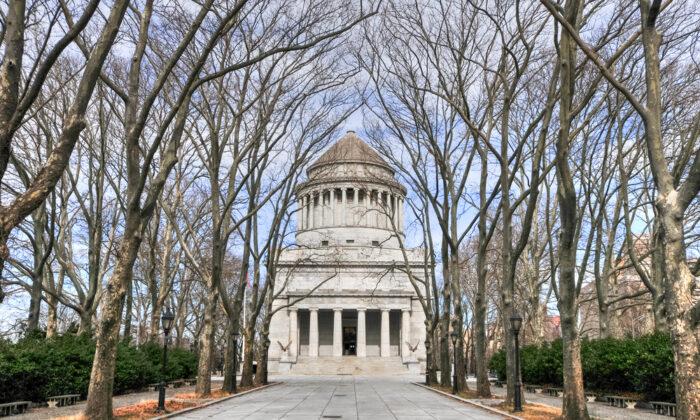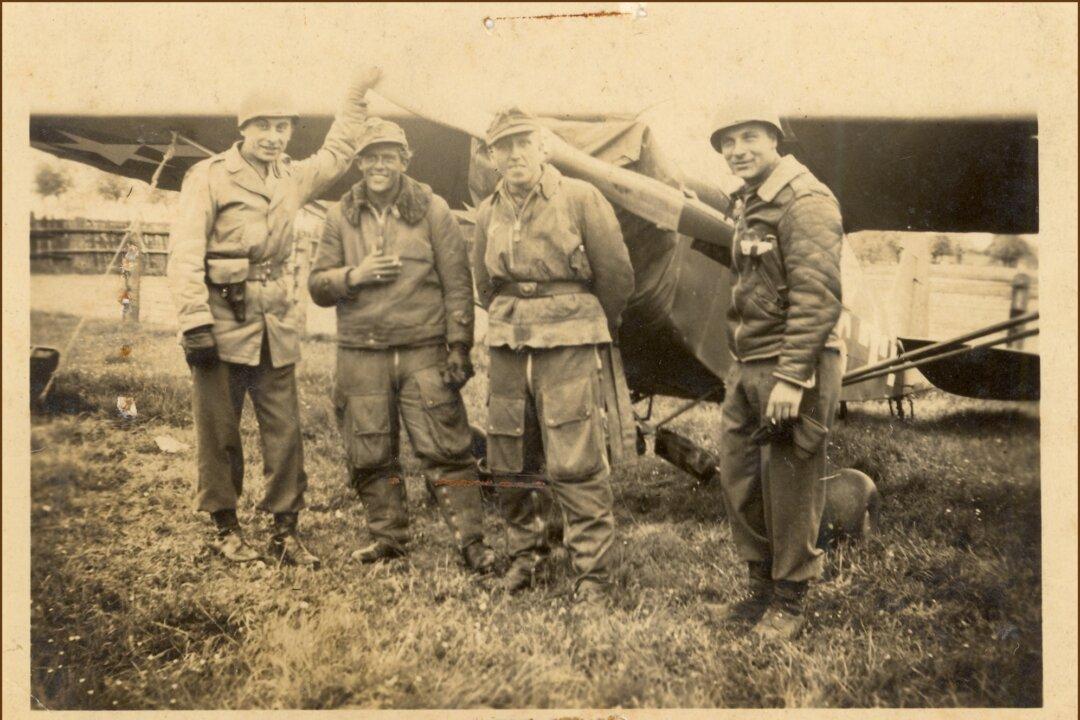There’s an old joke that goes, “Who’s buried in Grant’s Tomb?” The answer, of course, is Grant. That is, Ulysses S. Grant, a Union general during the Civil War and then the 18th president of the United States.
Andrew Astley is a National Park Service ranger assigned to Grant’s Tomb in New York City, which is officially called the General Grant National Memorial.
Astley hears that joke all the time. But if you want to get technical, no one is actually buried there. Two sarcophagi are inside the building, on the lower level of the rotunda; one contains the remains of Grant and the other those of his wife, Julia Boggs Dent Grant.
Most Americans know the big national parks such as Yosemite and Mount Rushmore. Grant’s Tomb is on a small plot of land in Manhattan’s Morningside Heights neighborhood along the Hudson River, a few blocks from Columbia University. Even to New Yorkers, the park is relatively unknown and a little out of the way.
So who goes there?
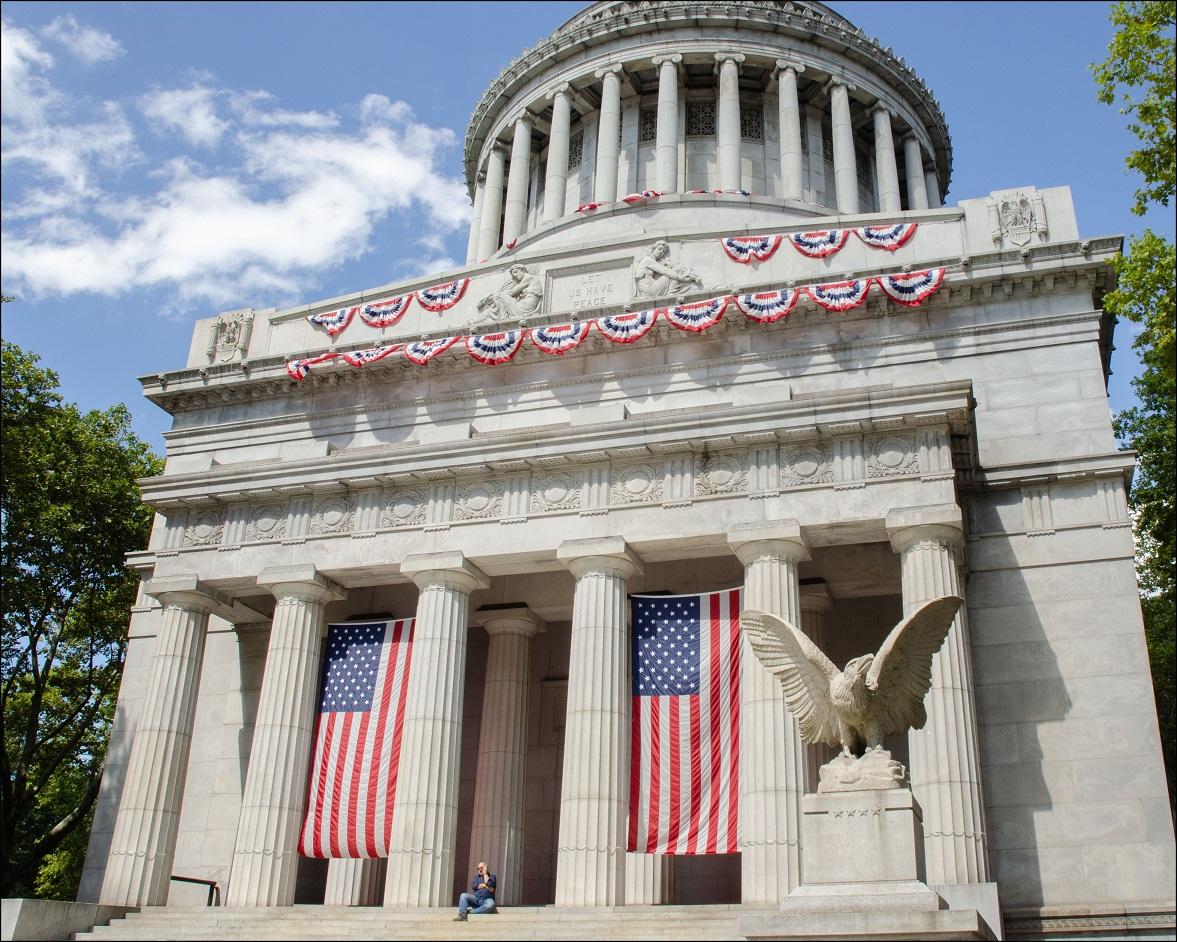
“We get a big variety of visitors here at the site,” Astley told The Epoch Times. “We get the whole spectrum, from people who not only know this is here, they know a lot about Grant—sometimes they’ve literally written the book on [him] ... to people who are just walking through Riverside Park, and they see a cool building, and they want to know what this is.”
There are also the history buffs who want to visit the graves of every U.S. president, or every national park.
Often, it’s families who come to the memorial. “Sometimes, it’s the kids who want to come; sometimes, it’s the parents,” Astley said. “Some of the best questions I’ve ever been asked about Grant come from little kids.”

Veterans are also regular visitors. “They feel some sort of connection to him through their own military service,” Astley said.
The Sons of Union Veterans of the Civil War, whose members are descendants of Union soldiers, come to the memorial regularly. “They’re certainly very attached to the site,” Astley said. “I think that comes with a sense of pride for them.”
During a weekday visit to the building last summer, Columbia University student Fernando Gonzalez said he had enjoyed a previous visit to the site so much that he had returned for the benefit of his cousin Paul Figueroa, who was visiting from Los Angeles.
“I am a history nerd. I love learning about the history of New York City and of the country,” Gonzalez told The Epoch Times.
“I actually wanted to come here, too,” Figueroa said. “I like to see the buildings and the architecture.” .
National Parks ‘Passport’
A big draw to national parks, in general, is the fun of having your “passport” stamped.It’s not your passport for international travel but a facsimile of one that is sold at visitor centers at the parks. As you travel from one park to another, employees will put stamps in your passport that contain the name of each park and the date of your visit, as proof that you’ve been there.
Alexander Lorenz is a self-described “national parks enthusiast” who took a pilgrimage from upstate New York to Grant’s Tomb in August with the specific goal of adding a stamp to his passport.
Grant’s Tomb is actually one of eight national parks in New York City, and Lorenz planned to visit all of them during his three-day trip.
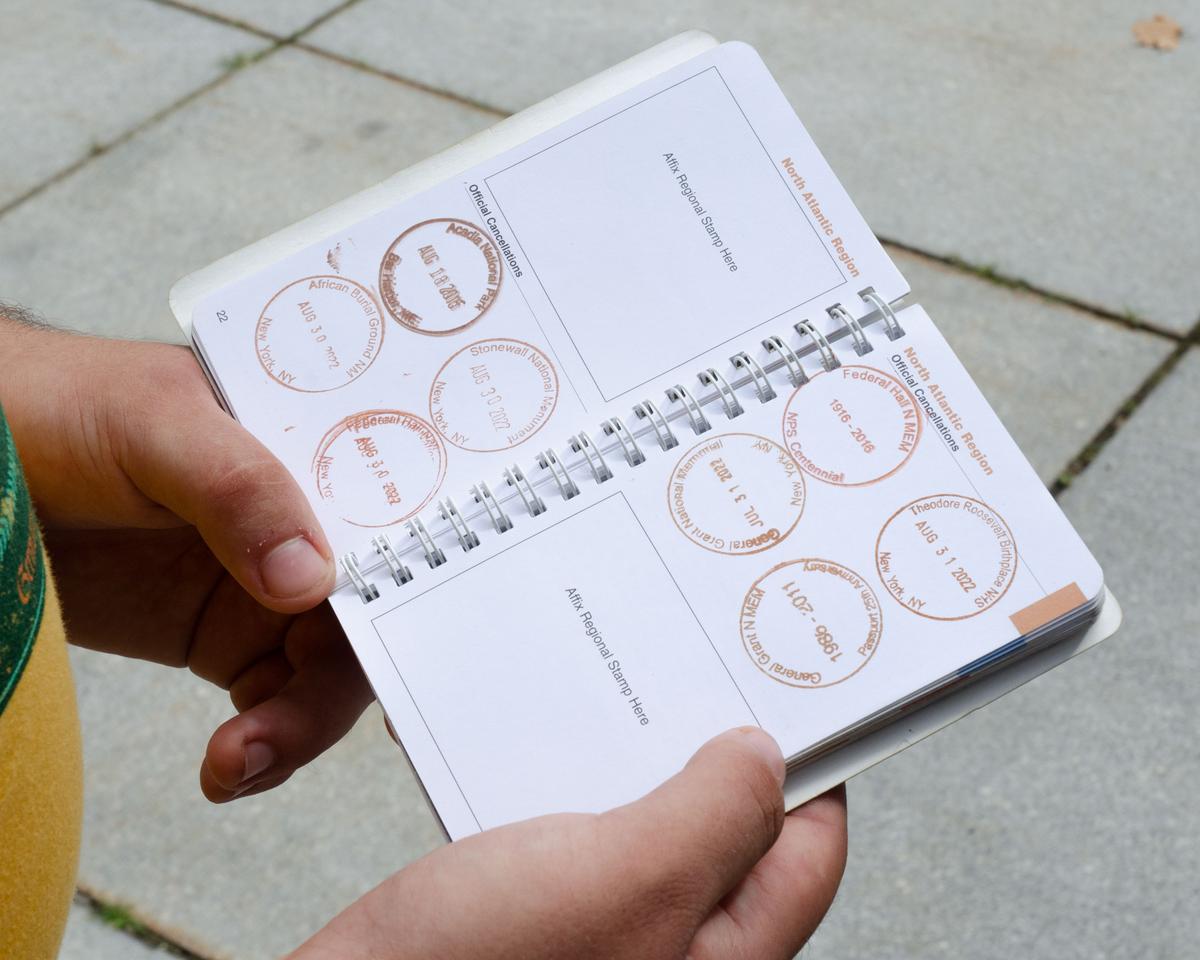
Why New York City?
On July 23, 1885, Grant died of throat cancer. Although he wanted to be buried at his alma mater, West Point, he rejected the idea because women could not be buried there. Instead, he had his wife choose a burial site. She chose New York City, where the family had enjoyed living. The first lady died in 1903.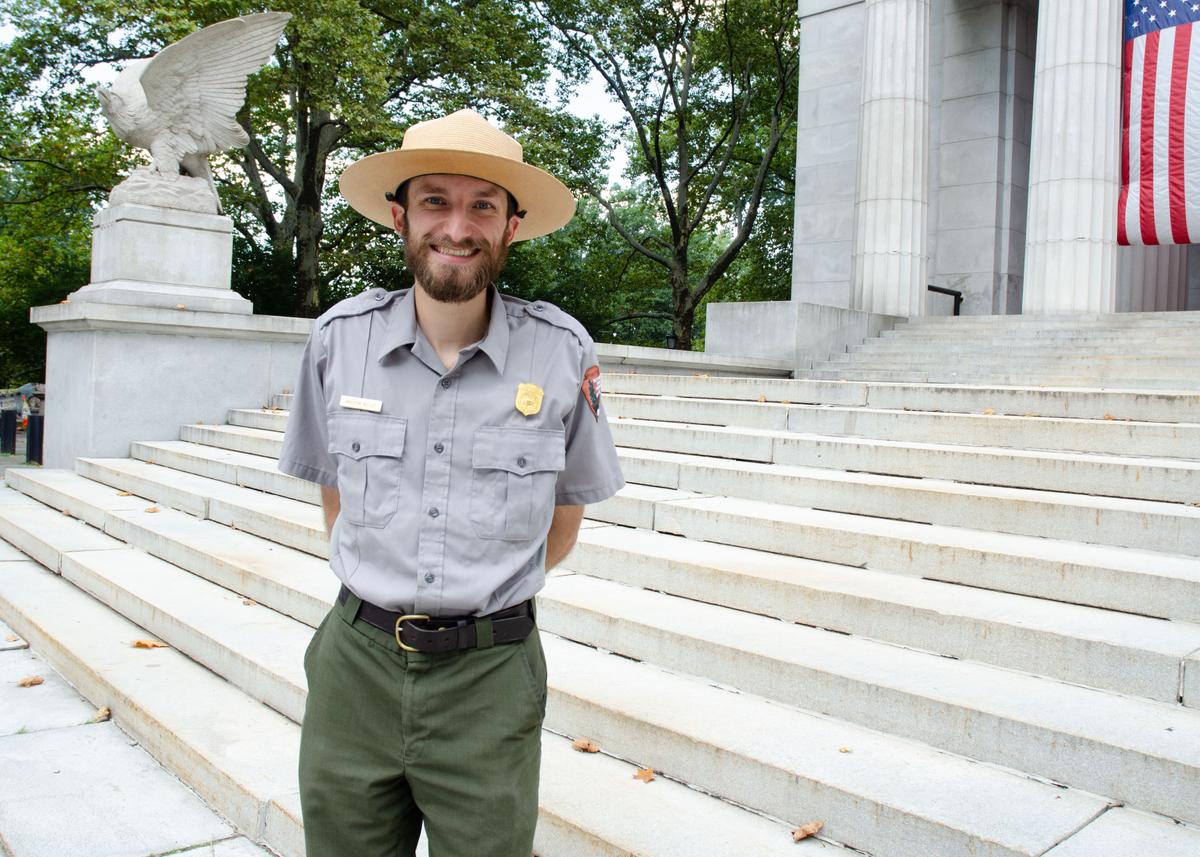
Descent Into Disrepair and Decay
Dedicated by President William McKinley in 1897, the building itself commands respect. Built of granite and marble with large, neoclassical columns, it towers over visitors, almost saying to them, “Within these walls lies a great American.”The park service took over responsibility for the memorial in 1959. However, for the several decades that followed, the property not only fell into physical disrepair and decay, but also turned into a homeless encampment and site for prostitution.
The building was tagged with graffiti, and drug use at the site was rampant.
It wasn’t until 1993 that Frank Scaturro, a student at Columbia University and a volunteer at the memorial, spearheaded a campaign to clean and renovate the site.
Family Values
Astley recounted a story about Grant during the Civil War. It begins with the Union general in a tent.Gen. Horace Porter, who was on Grant’s staff, arrived at the tent with some paperwork to share. Porter found Grant rolling around on the floor, wrestling with two of his sons.
Once Grant realized Porter was there, he stood up and purportedly said, “Now you know my weaknesses, general, my horses and my children.”
Even in a war zone, for Grant, family came first.
Additionally, when Gen. Grant accepted the Confederate surrender from Gen. Lee on April 9, 1865 at Appomattox Courthouse in Virginia, he had the opportunity to dishonor his defeated enemy but took the noble path instead.
“When Lee surrendered, Grant was very generous in the surrender terms,” Paul Moreno, American history professor at Hillsdale College in Michigan, told The Epoch Times. “He didn’t humiliate them, let them take their swords home with them. ... He was very magnanimous in victory.”
Lorenz achieved his goal of another stamp in his passport after viewing the sarcophagi of Grant and his wife.
“It’s very neat how they left [them] on display for all to see,” he told The Epoch Times, “just so that we can remember this important president in American history.”

